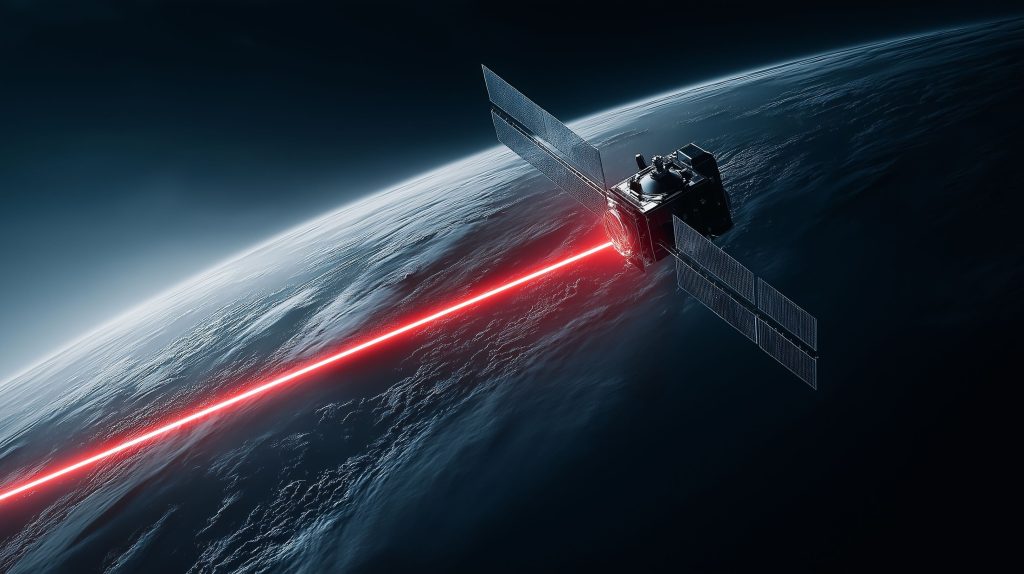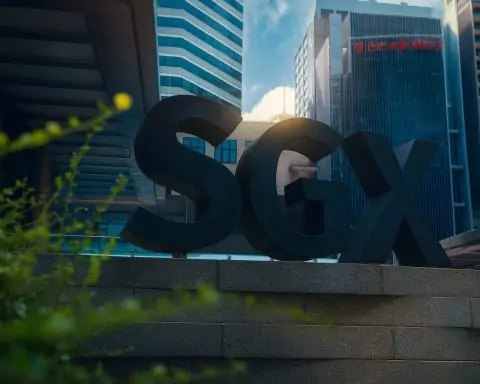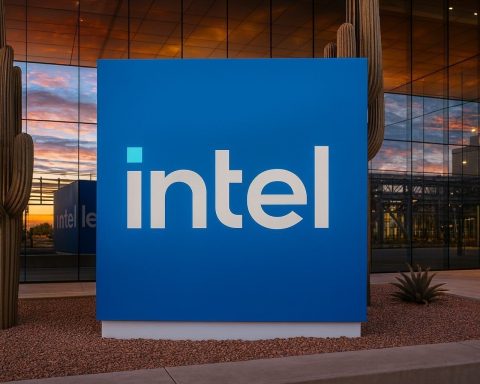- OpenAI’s GPT-5 is slated for release this summer, with Sam Altman calling it “materially better” than GPT-4 and hinting limited advertising outside the output stream.
- Anthropic unveiled Claude Opus 4 and Sonnet 4 in May, claiming top SWE-bench scores and improved memory with built-in tool use.
- Google DeepMind’s Gemini evolves into a “universal assistant” at Google I/O 2025, offering browser actions, multimodal context, and deeper Google ecosystem integrations.
- Meta released Llama 4 in April as a fully open-source multimodal model with Scout and Maverick variants, already live on Hugging Face for commercial fine-tuning.
- Nvidia announced Rubin, a family of GPUs for 2026 and Rubin Ultra for 2027 at GTC, delivering 3.3x compute performance over Blackwell with HBM4 and racks of up to 576 GPUs, and Jensen Huang noted Blackwell was misnamed due to its dual-die topology.
- Snowcap Compute raised $23 million to build niobium-titanium-nitride superconducting AI chips promising about 25x better performance per watt even after accounting for cryogenic cooling.
- The EU AI Act faces fresh delays and simplifications less than a year after adoption, risking investment according to critics, while Dutch Green MEP Kim van Sparrentak stresses enforcement is vital.
- Microsoft Copilot introduced Copilot Actions that can book hotels, make dinner reservations, or buy groceries directly from chat, with full pause and override controls.
- Y Combinator’s spring cohort features 70 of 144 companies building autonomous AI agents, with each receiving $500,000.
- A Pew Research Center survey shows 17% of U.S. adults expect AI to have a mostly positive impact over 20 years versus 56% of AI experts, with both groups seeking greater personal control.
Artificial intelligence has sprinted from headline to headline in the first half of 2025: OpenAI is promising the biggest leap since GPT‑4, governments are renegotiating last year’s landmark laws, chip makers are redrawing the hardware roadmap, and investors are pouring billions into “agentic” startups. Below is a deep‑dive report that assembles the most important facts, quotes, data points, and expert commentary from the past few weeks of coverage, so you can see the full picture of where AI is—and where it is heading.
1. The Race for the Next‑Generation Models
OpenAI: GPT‑5 set for summer release
Sam Altman confirmed on the company’s new podcast that GPT‑5 will launch “this summer,” calling it “materially better” than GPT‑4 and hinting that limited advertising may appear outside the model’s output stream. “Modifying the model’s output based on who pays for the ad would be a trust‑destroying moment,” he warned. [1]
Anthropic: Claude 4 raises the bar for coding agents
Anthropic’s May announcement introduced Claude Opus 4 and Sonnet 4, claiming top scores on SWE‑bench and long‑running task endurance, with built‑in tool use and improved memory. [2]
Google DeepMind: Gemini evolves into a “universal assistant”
At Google I/O 2025, DeepMind detailed new agentic capabilities—browser actions, multimodal context, and integrations across the Google ecosystem—positioning Gemini as more proactive than the 2024 launch. [3]
Meta: Llama 4 keeps open source in the fight
Meta’s April release of multimodal, fully open‑source Llama 4 (Scout and Maverick variants) extends coverage to text, image, audio, and video, and is already live on Hugging Face for commercial fine‑tuning. [4]
2. Hardware: Power, Efficiency and the Post‑GPU Frontier
- Nvidia: CEO Jensen Huang’s GTC keynote unveiled the Rubin GPU family (2026) and Rubin Ultra (2027)—a jump to HBM4 memory, 3.3× compute‑perf over Blackwell, and racks of up to 576 GPUs. Huang admitted that “Blackwell was named wrong” because of its dual‑die topology. [5]
- Superconducting challengers: Palo‑Alto‑based Snowcap Compute raised $23 million to build niobium‑titanium‑nitride superconducting AI chips it says will deliver 25× better performance per watt—even after accounting for cryogenic cooling—an idea former Intel CEO Pat Gelsinger called a “sharp break from the current trajectory.” [6]
3. Regulation and Policy
EU AI Act under fire—again
Barely a year after adoption, Brussels is contemplating delays and simplifications. Critics warn the rethink could “undermine investment,” while Dutch Green MEP Kim van Sparrentak insists that enforcement, not dilution, is vital. [7]
Workplace AI as a “high‑risk” system
A new academic study argues that the Act’s risk‑based approach is still “dangerously short” for employment applications, urging proactive oversight committees and union involvement. [8]
Global safety architecture
The AI Seoul Summit (May 2024) expanded the Bletchley framework, with South‑Korean President Yoon Suk Yeol saying the summit would “consolidate our efforts and promote AI standards and governance at the global level.” The communiqué added 10 more countries to the nascent network of AI Safety Institutes. [9]
4. Enterprise & Productivity: Copilots Everywhere
Microsoft’s latest Copilot release notes unveiled Copilot Actions—experimental agents that can book hotels, make dinner reservations or buy groceries directly from chat—with full pause/override controls for the user. Recipes now link to Instacart for one‑click ingredient purchases. [10]
5. Funding & Start‑up Trends
- Agentic start‑ups dominate YC: 70 of the 144 companies in Y Combinator’s first spring cohort build autonomous AI agents; the accelerator invested $500 k in each. [11]
- VC appetite broadens: Beyond YC, Reuters notes venture firms are hunting for “sharp breaks” in efficiency such as superconducting compute to relieve the data‑center energy crunch. [12]
6. Public Attitudes & Workforce Impact
A Pew Research Center survey (April 2025) finds only 17 % of U.S. adults expect AI to have a mostly positive impact over 20 years, vs 56 % of AI experts. Yet both groups want stronger personal control and doubt regulators will keep pace. [13]
7. Expert Sound‑Bites Shaping the Debate
| Speaker | Quote | Context |
|---|---|---|
| Sam Altman (OpenAI) | “The burden of proof would have to be very high” before putting ads in ChatGPT. | GPT‑5 podcast [14] |
| Jensen Huang (Nvidia) | Called U.S. export curbs on China a “failure” and previewed Rubin’s 3.6 EFLOPS rack. | GTC 2025 keynote [15] |
| Yoon Suk Yeol (President of Korea) | Summit will “promote AI standards and governance at the global level.” | AI Seoul Summit [16] |
| Pat Gelsinger (ex‑Intel) | “A lot of data centers today are just being limited by power availability.” | Snowcap funding round [17] |
8. Outlook: Five Signals to Watch
- Summer model blitz: GPT‑5, Claude 4 production uptake, and Gemini agent roll‑outs will arrive within weeks.
- Regulatory remix: Expect a contentious autumn in Brussels as industry lobbying meets activist push‑back on the AI Act timelines.
- Hardware inflection: First silicon for Rubin‑era platforms will lock in design wins by year‑end; AMD and Intel roadmaps are likely to answer soon.
- Energy as the new constraint: Superconducting and photonic start‑ups may draw disproportionate funding as power grids become the bottleneck.
- From copilots to co‑workers: Enterprise pilots of fully autonomous agents (YC cohort and Microsoft Copilot Actions) will test whether users trust AI to act, not just advise.
References
1. www.oneindia.com, 2. www.anthropic.com, 3. blog.google, 4. www.datascientistguide.com, 5. www.tomshardware.com, 6. www.reuters.com, 7. www.politico.eu, 8. www.devdiscourse.com, 9. www.csis.org, 10. www.microsoft.com, 11. www.businessinsider.com, 12. www.reuters.com, 13. www.pewresearch.org, 14. www.oneindia.com, 15. www.tomshardware.com, 16. www.csis.org, 17. www.reuters.com










